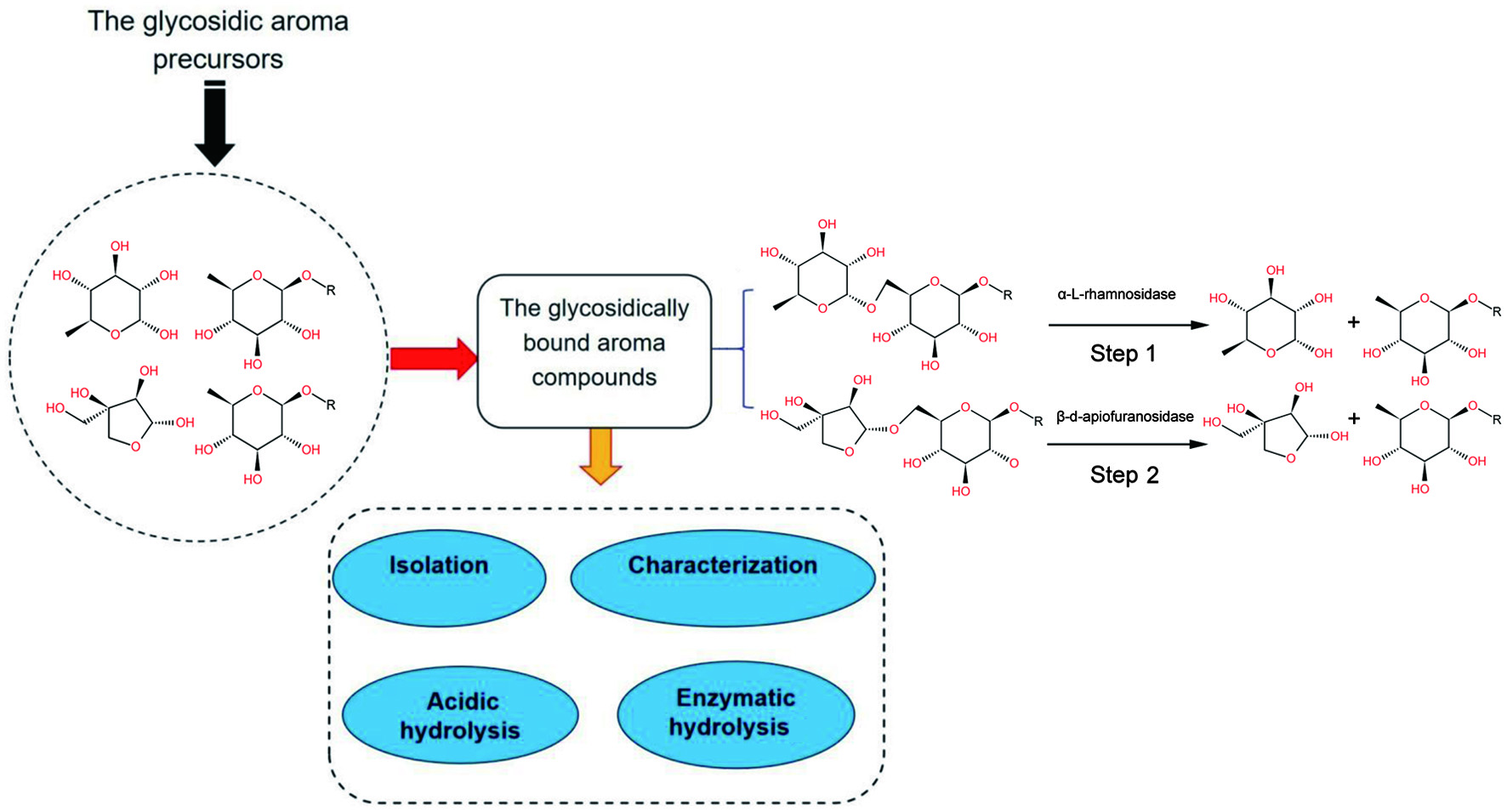
Figure 1. Analysis of glycosidically bound aroma compounds in vegetables and fruits.
| Journal of Food Bioactives, ISSN 2637-8752 print, 2637-8779 online |
| Journal website www.isnff-jfb.com |
Review
Volume 17, March 2022, pages 11-17
An insight into the glycosidically bound aroma compounds and biological activities in fruits and vegetables
Figure

Tables
| Source | Isolation methods | Major aroma compounds | Reference |
|---|---|---|---|
| Ash gourd | Steam distillation; high vacuum distillation | Acetoin | Sharma et al., 2010 |
| Tomato | Solid phase extraction | 2-phenylethanol, guaiacol and eugenol | Özkaya et al., 2018 |
| Strawberry | Traditional extraction | Norisoprenoids, volatile phenols, benzenes, lactones, furaneol, and mesifurane. | Ubeda et al., 2012 |
| Mulberry | Solid phase extraction (SPE) and headspace solid phase microextraction | Benzyl alcohol | Chen et al., 2015 |
| Raisin | Headspace solid phase microextraction (HS-SPME) | Benzyl alcohol and acetoin | Wang et al., 2015 |
| Apricot | Simultaneous distillation extraction (SDE), solid phase extraction (SPE) with reverse phase (C18), liquid–liquid extraction (LLE) and headspace-solid phase microextraction (HS-SPME) | Glycosides of terpene alcohols and glycosides of aromatic alcohols | Solís-Solís et al., 2007 |
| Laurus nobilis L. | Amberlite XAD-2 adsorption and methanol elution | Primeverosides | Kilic et al., 2005 |
| Grapes | – | n-octyl-, n-dodecyl-, phenyl-β-D-glucopyranoside | Hampel et al., 2014 |
| Vitis vinifera berries | Ultra-high-performance liquid chromatography (UHPLC) separation | Monoterpenoids, norisoprenoids, volatile phenols, aliphatic alcohols, and sesquiterpenoids | Caffrey et al., 2020 |
| Source | The biological activities | Reference |
|---|---|---|
| Bosnian Pine | Antioxidant properties | Maric et al., 2007 |
| Sugarcane | PPO activity | Wang et al., 2020 |
| Phytolacca dodecandra | Antimicrobial activities | Matebie et al., 2019 |
| Pittosporum tobira | Antioxidant properties | Rjeibi et al., 2017 |